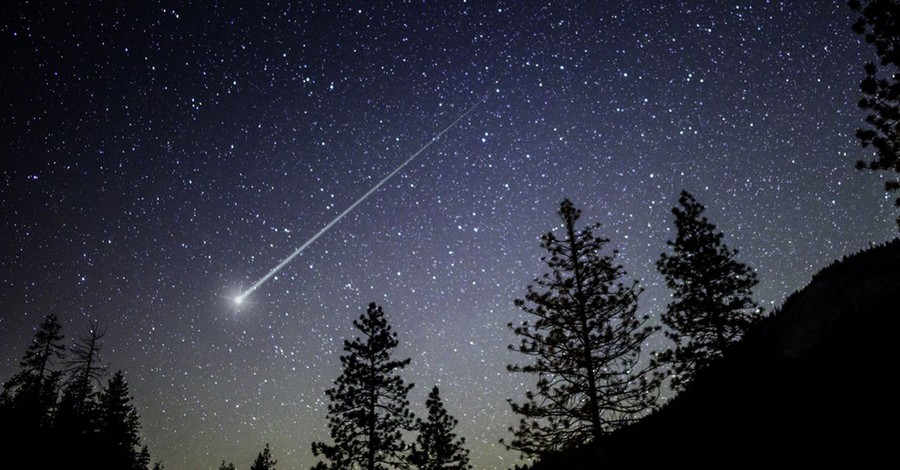On the night between the 21st and 22nd of April a shower of falling stars is expected: these are the Liridi, the so-called “Spring meteors”: this is where you can see them.
A night with the nose up. Even if only outside the balcony of the house. In the night between Tuesday 21 and Wednesday 22 April 2020, a shower of falling stars will light up the skies of the whole world, including Italy. These are the Lyrids, also known as “Spring meteors”. As the name suggests, these are falling stars generally active during the spring period. “Cousins” of the most famous falling stars of San Lorenzo, the Liridi are a meteoric swarm active from April 15 to April 28 of each year. The radiant is located in the constellation Lyra, from which they take their name. The international acronym is LYR. The Lyrids are the first swarm of which historical observations have been made: it was first observed by the Chinese over 2000 years ago. The swarm originated from the comet C/1861 G1 Thatcher, which has a period of about 415 years. Usually it has not particularly showy activity, but periodically it has increments that bring it to levels of about 100 ZHR ( Zenithal Hourly Rate is the number of meteors that an observer would be able to observe in one hour, under a dark and clear sky if the radiant of the swarm was always at the zenith).
April 21, the Lyrids arrive: here is how to observe them.
In 2020, the Liridi will be visible mainly on the night between 21 and 22 April. This date is determined by a particular astronomical conjuncture: on April 23rd there will be “New Moon” and therefore in the night between April 21st and 22nd our satellite will be practically absent and will not hinder the observation of falling stars. According to the American Meteor Society, the peak of this meteoric swarm will occur between the night of April 21 and the early hours of April 22 – around 3 a.m. – when about 18 “falling stars per hour” will cross the sky at an average speed of 48 kilometers per second. To observe the Lyrids it will be enough to turn our eyes towards the constellation of the Lyre at North-East; a constellation in the shape of a small parallelogram.
You may also be interested in —> “Edscottite” is the new mineral found in nature.
